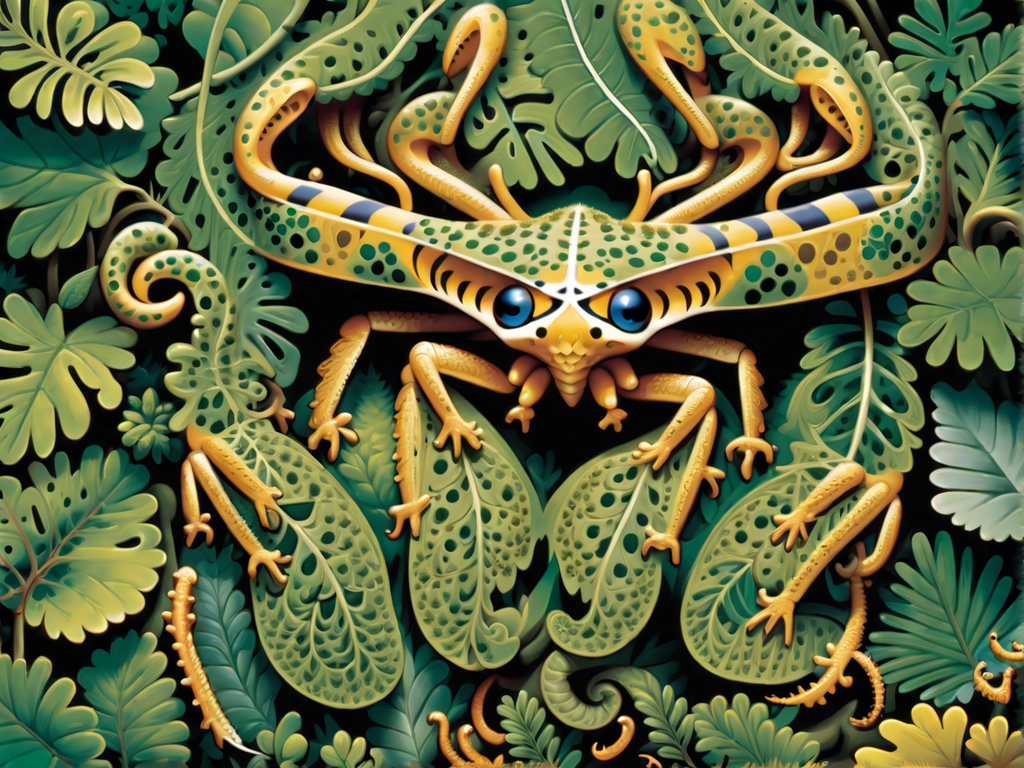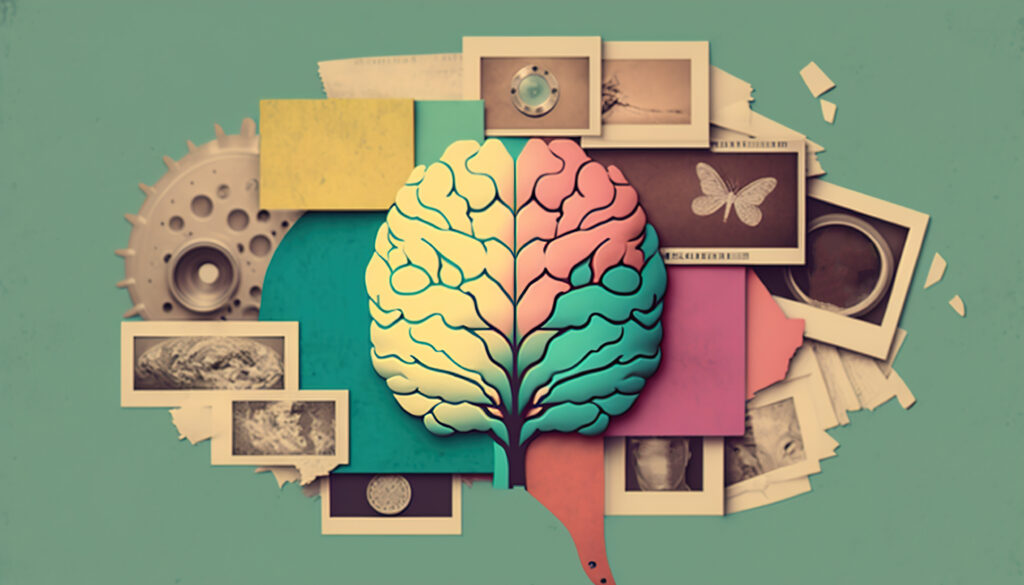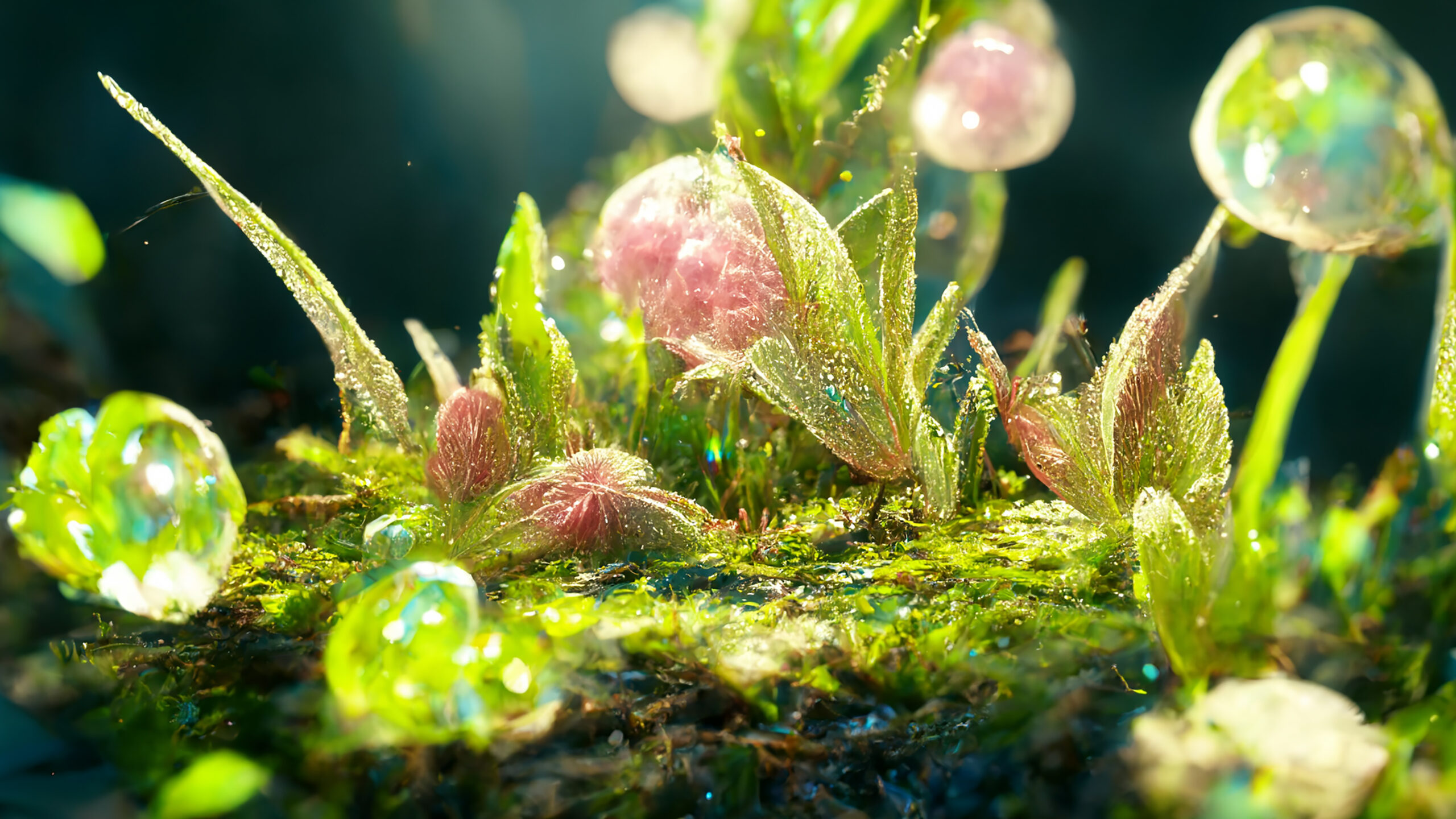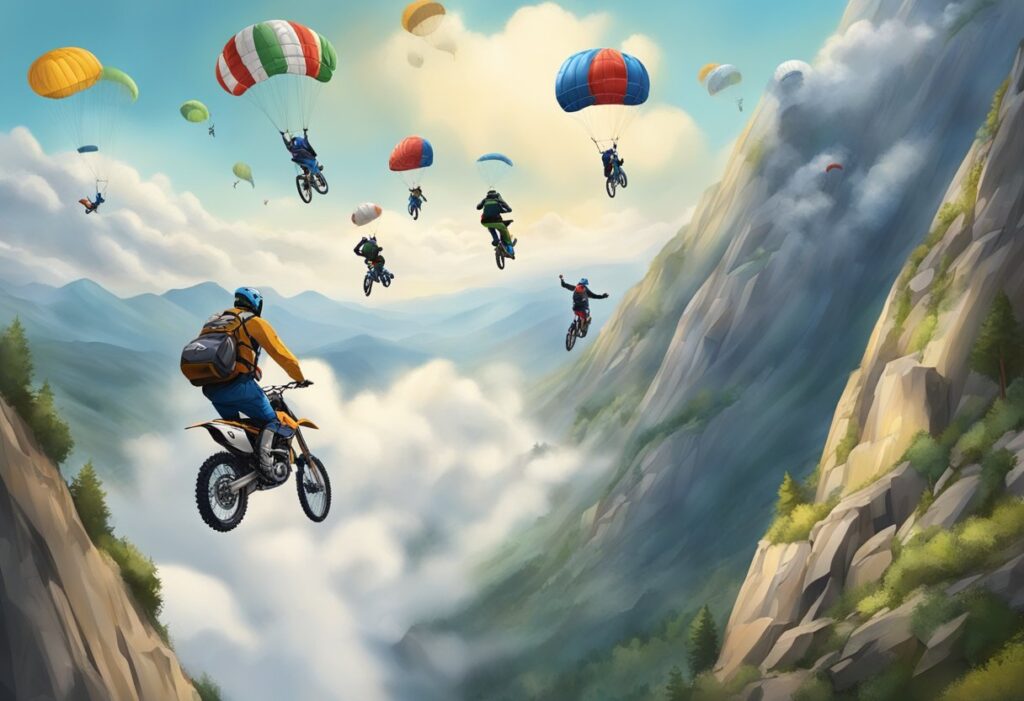What exactly makes something scary? Is it the unknown, the unexpected, or a combination of both? Are there specific neural pathways in our brains that trigger fear, or is it a complex interplay of emotions and physical responses? These are just some of the questions we will explore as we delve into the psychology and physiology of fear.
By understanding the science of fear, we gain valuable insights into our own vulnerabilities and reactions to fearful situations. We can also develop a greater empathy for others and their individual fears. Armed with knowledge about what makes things scary, we can navigate the world with increased resilience and courage, no longer controlled by the shadows of our fears.
Join us on this captivating journey as we uncover the secrets of the science of fear and discover what truly lies beneath the surface of our deepest anxieties.
The Psychology of Fear: Understanding Our Emotional Response
In this section, we will delve into the fascinating field of psychology and its relationship to fear. By understanding the psychological aspects of fear, we can gain insights into the complex emotions that accompany our responses to scary stimuli.
The brain’s processing of fear stimuli:
Our brains play a vital role in processing and interpreting fear. When we encounter a fear-inducing stimulus, such as a scary movie or a spider, our amygdala, a part of the brain responsible for emotional processing, is triggered. This activation sets off a cascade of emotional responses and physiological changes, preparing us to either confront the threat or flee.
“The amygdala is like the alarm system of our brains. It acts as a rapid response center, priming our bodies to react to potential dangers.”
– Dr. Sarah Thompson, Neuroscientist
The manifestation of fear in our emotions:
Fear can manifest in a variety of emotions, including anxiety, panic, and terror. These emotional responses are often accompanied by heightened arousal, increased heart rate, and sweaty palms. The specific emotional and physiological reactions to fear can vary among individuals, influenced by factors such as previous experiences, conditioning, and genetic predispositions.
The role of conditioning, trauma, and anxiety disorders:
Our past experiences and conditioning can significantly influence our fear responses. Traumatic events, phobias, and anxiety disorders can all shape how we perceive and react to fear-inducing stimuli. For example, someone who has experienced a traumatic incident involving dogs may develop a fear of dogs, known as cynophobia. These conditioned fear responses can be ingrained, but they can also be unlearned through therapeutic interventions.
- Conditioning: The process by which we associate a previously neutral stimulus with fear or danger. This can result in the development of phobias or conditioned fear responses.
- Trauma: Past traumatic events can leave a lasting impact on our perceptions and reactions to fear. Post-traumatic stress disorder (PTSD) is an example of how trauma can manifest in fear-related symptoms.
- Anxiety disorders: Conditions such as generalized anxiety disorder, panic disorder, and specific phobias can intensify and distort our emotional responses to fear.
Understanding the psychology of fear provides valuable insights into the intricacies of our emotional response and why individuals may differ in their susceptibility to fear. By exploring the role of conditioning, trauma, and anxiety disorders, we can gain a deeper understanding of the factors that shape our fear reactions.
The Physiology of Fear: Unraveling the Body’s Response

In this section, we will delve into the fascinating realm of the physiology of fear, focusing on the intricate ways in which our bodies respond to fear-inducing stimuli. It is important to understand that fear is not solely an emotional or psychological experience; it also triggers a cascade of physiological reactions throughout our bodies.
One of the key physiological responses to fear is the activation of the fight-or-flight response. This innate survival mechanism prepares our bodies to either confront the threat or flee from it. When we encounter a fear-inducing situation or stimulus, our sympathetic nervous system kicks into high gear, triggering a surge of adrenaline and other stress hormones.
This surge of stress hormones has profound effects on our bodies. It increases heart rate and blood pressure, channeling blood flow to our muscles and vital organs, enabling heightened strength and alertness. The dilation of our pupils enhances visual perception, allowing us to detect potential dangers more effectively. Furthermore, our breathing quickens, ensuring an abundant supply of oxygen to fuel our increased physical capabilities.
The release of stress hormones during fear also affects various bodily systems. For instance, fear can temporarily suppress digestion and other non-essential functions, prioritizing energy allocation to the areas crucial for survival and immediate action. In addition, fear can temporarily impair the immune system, as resources are diverted away from long-term defense mechanisms towards immediate protection.
Understanding the physiological responses to fear provides valuable insights into why certain situations or stimuli evoke such intense reactions. It highlights the complex interplay between our minds and bodies, aligning with the intricate nature of fear itself.
By unraveling the body’s response to fear, scientists and researchers gain a better understanding of how fear affects our overall well-being. This knowledge contributes to the development of strategies and interventions to manage and overcome fear-related disorders, improving the lives of individuals who struggle with excessive or debilitating fear.
As we continue our exploration into the science of fear, let us now turn our attention to facing fear head-on and exploring various techniques for overcoming and managing phobias.
Facing Fear: Overcoming and Managing Phobias

When it comes to fear, phobias can be particularly debilitating, making everyday activities feel overwhelming and impossible. However, there are effective strategies for facing and managing these irrational fears. By understanding the science behind fear, individuals can empower themselves to confront and conquer what scares them.
- Exposure therapy: This technique involves gradually exposing oneself to the feared object or situation in a controlled and supportive environment. Through repeated exposure, individuals can learn to normalize their response and reduce anxiety.
- Cognitive-behavioral techniques: By challenging and reframing negative thoughts and beliefs associated with the phobia, individuals can develop healthier coping mechanisms and change their behavioral responses.
- Complementary approaches: In addition to traditional therapies, alternative methods such as relaxation techniques, mindfulness, and hypnosis can also be helpful in managing phobias.
Overcoming phobias is a journey that requires patience and commitment. It is important to work with trained professionals who can guide individuals through the process and provide the necessary support. With the right strategies and a strong support system, it is possible to overcome even the most deeply ingrained fears.
“Fear is the main source of superstition, and one of the main sources of cruelty. To conquer fear is the beginning of wisdom.” – Bertrand Russell
The science of fear provides valuable insights into the intricate mechanisms that contribute to our experiences of fear. By understanding both the psychological and physiological aspects of fear, we can develop a greater understanding of ourselves and others. Armed with this knowledge, we can navigate the world with greater resilience and courage, no longer held captive by the shadows of our fears.









































